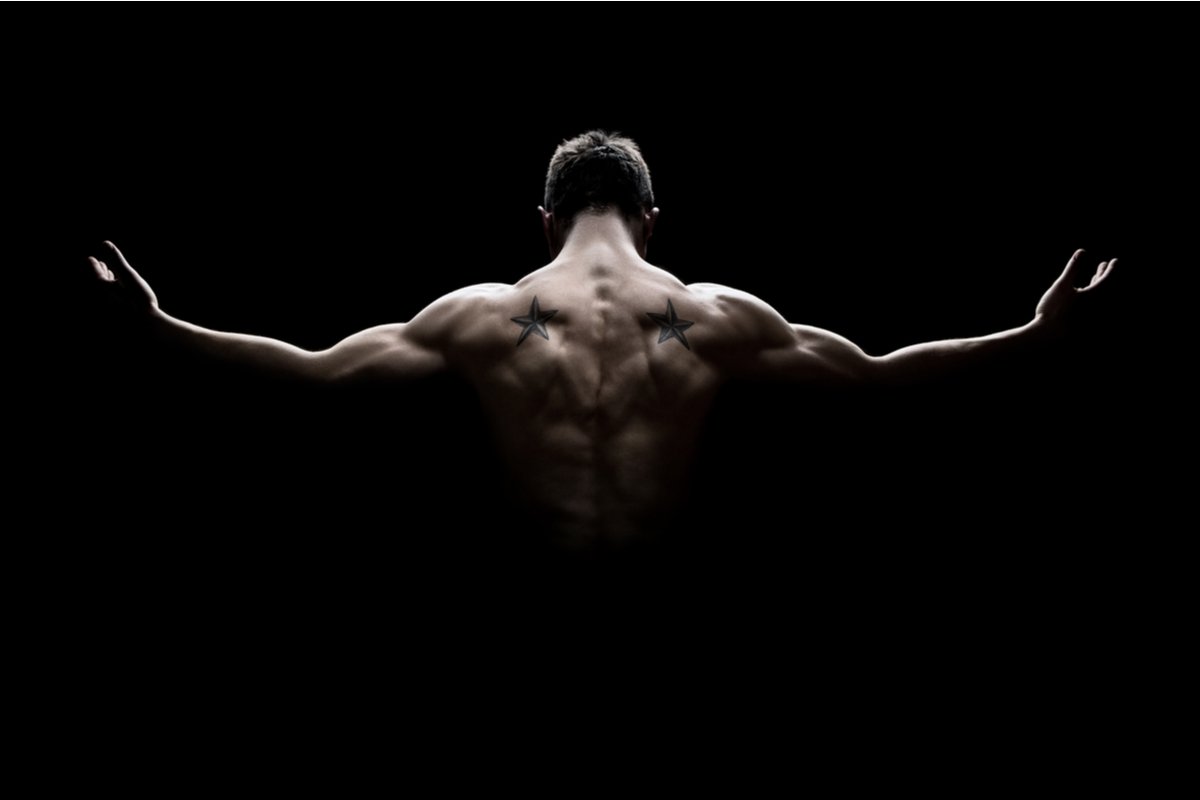Looking to pack on some bulk, fast? Compound is key.
Here at Hunter and Bligh, we understand that fitness is a journey that’s different for everyone. But, we also understand that there are a few universal factors applicable to all circumstances. In this modern society time is a scarce commodity, so any exercises that can have the biggest impact in the shortest time are invaluable.
Enter compound movements.
These special exercises are some of the most common and popular practices in the fitness world – and the reason is that they serve to work multiple muscle groups simultaneously, creating the best marginal returns for your workout. If you want to emerge from isolation as a spectacle of human physique, follow this guide on how to execute compound exercises correctly and safely, and watch the muscle grow.
PULL-UPS
The pull-up, when mastered, is one of the best compound exercises out there. Depending on hand placement, you can use the pull-up to work your biceps, shoulders, back and traps. To do a pull-up correctly, it’s best to think of it as two separate movements. First, hang with your arms fully extended, and relax your shoulders and traps to make your body as low as possible. The first movement is pulling your shoulders towards the ground, lifting your body as high as you can without moving your arms. The second movement is bending your arms to pull your chest as high as you can towards the bar. If you struggle to complete a rep, visualise that you’re pulling your elbows towards the ground rather than pulling your weight up (this should help give you a little more power). This exercise can be made easier with resistance bands or pull-up assisted machines
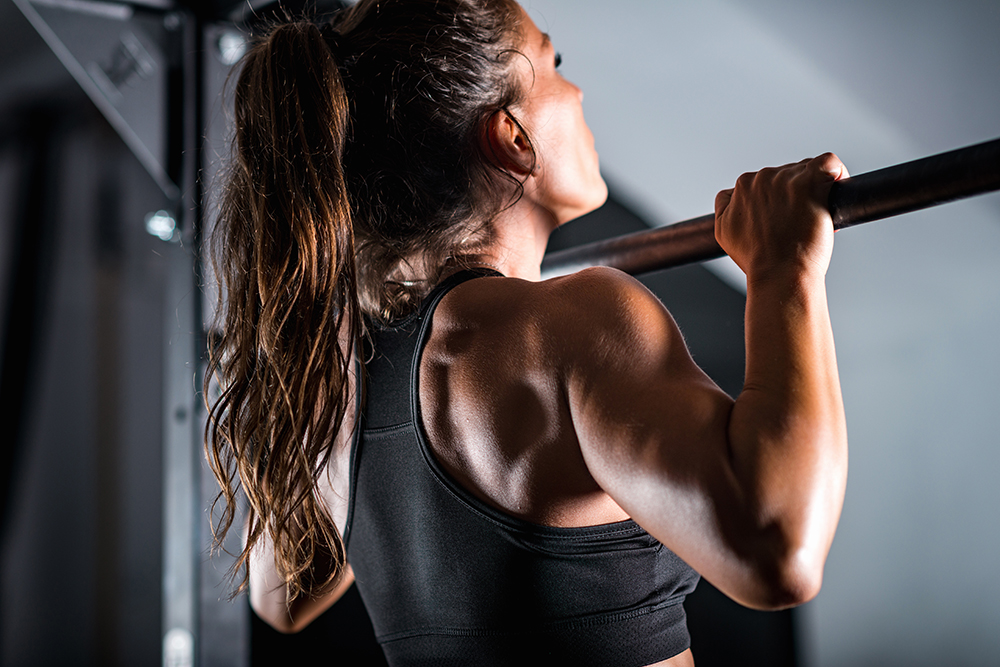
Female athlete executing pull-ups. Photographer by Microgen. Image via Shutterstock.
DEADLIFTS
A deadlift can be a daunting exercise as it holds the greatest potential for injury with incorrect form. To really nail the deadlift, start with the bar as close as it can be to your shins ensuring that your back and arms are straight and your knees are bent. Keeping your back straight, slowly bring the bar up your legs (it should almost scrape your shins), until you are standing up straight. Don’t lock your knees or pop your hips forward. The deadlift is a phenomenal exercise, and a personal favourite of many bodybuilders – working your core, glutes, arms, back, and legs all at once.
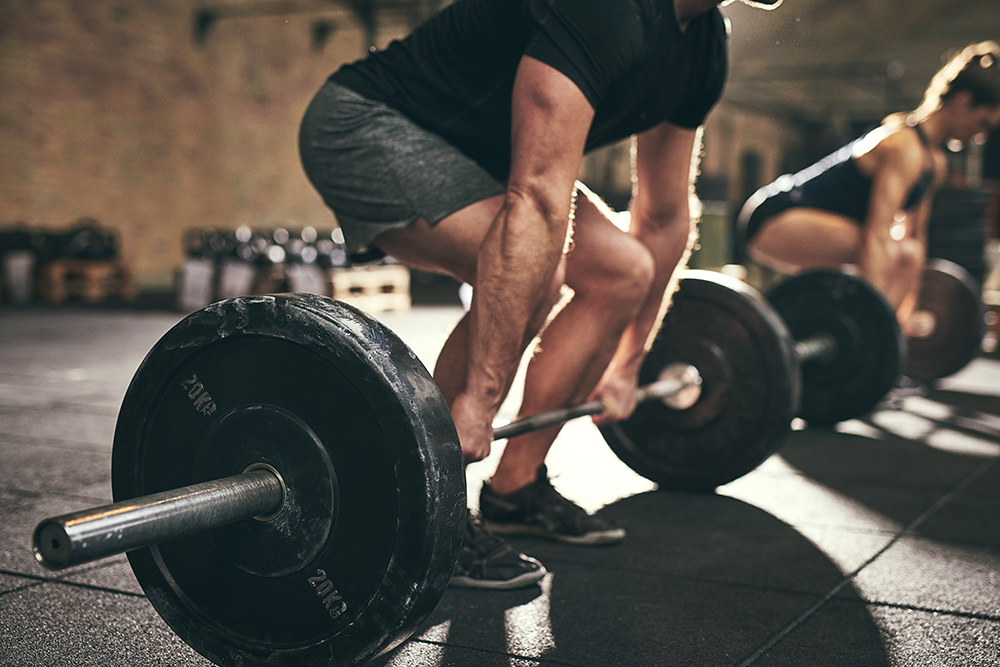
Male athlete executing deadlifts. Image purchased
SQUATS
An absolute classic exercise, the squat is so popular because it’s so simple (and yet SO effective). Despite this, many lifters (myself included) have done irreparable damage to their knees with incorrect technique. The squat is an easy beast to tame, and correct technique will see your muscle growth increase, and your risk of injury nullified. Start with your legs straight, but never lock your knees (if you have the guts to google knee-locking injuries, be my guest). Now imagine there’s a chair behind you, and keeping your back straight, sit down on the chair. For maximum returns, you want your knees to be bending without really moving, but if they do move make sure they go out over your toes, and not horizontally. The squat is the perfect exercise for the glutes, hammies, and quads.
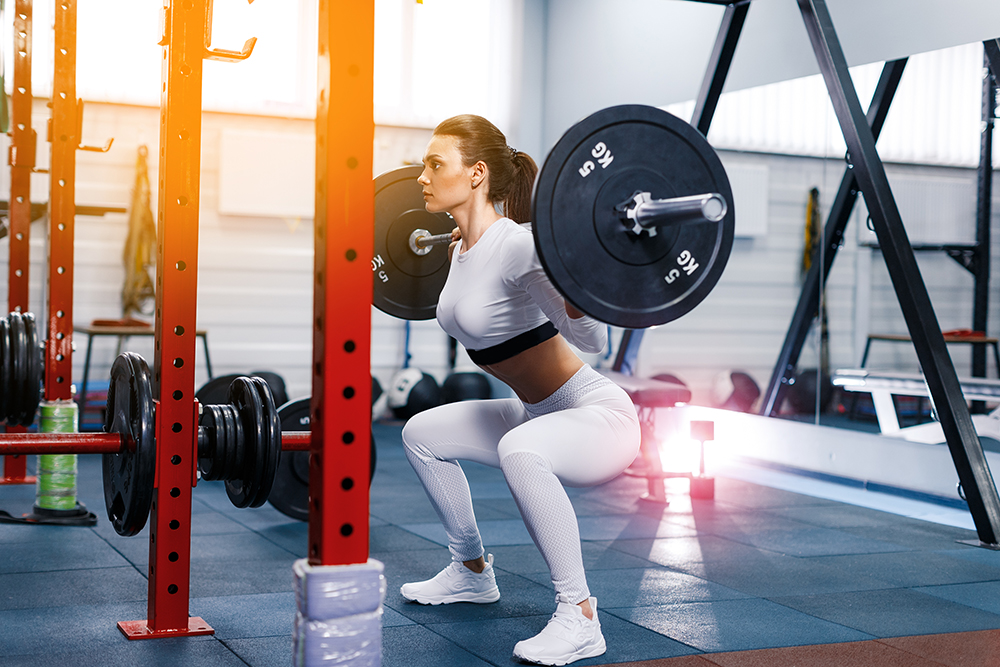
Female athlete executing weighted squats. Image purchased
BENT-OVER ROWS
The bent-over row is the perfect exercise to add to your upper body arsenal. Being sure not to arch your back, bend over as low as you can (try to feel like your back is parallel with the floor), then lift the bar up to your chest, and then slowly lower back down. This is an easy exercise to grasp the form of and can work wonders for your core, shoulders, arms and back.
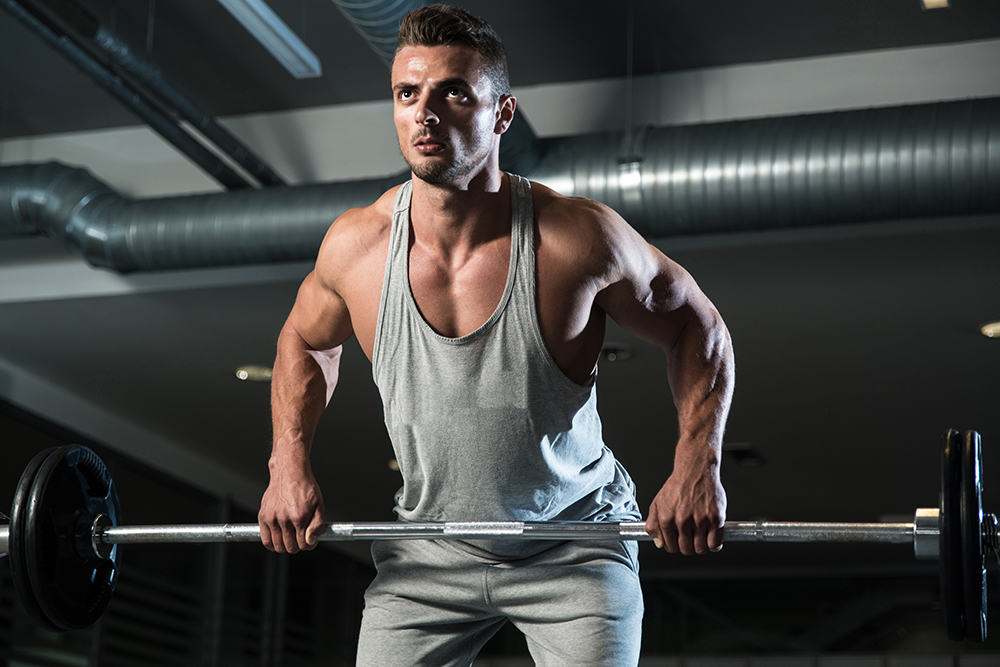
Male athlete executing bent over rows. Image purchased
BENCH PRESS
The trusty bench press, the go-to exercise of 14-year-old boys in the gym trying to get big for the girl they have a crush on. Funnily enough, the bench press is actually one of the most valuable exercises to have in a workout regime. With good technique (and safety measures), the bench press can work wonders for your chest and triceps. Lying under the bar, with your feet on the floor, arch your back and tuck your shoulder blades in. Slowly lower the bar to your chest, and push back up, the bar should only move vertically (if you’re struggling to keep it on the vertical axis, consider lowering the weight). A closer grip puts more emphasis on triceps (but can also strain your elbows), whereas a wider grip emphasises the chest more. If you’re ever trying this with a new maximum weight, or for the first time, please ask someone to spot you – trust me anyone in the gym will be willing to help – and know how to roll the bar off your chest safely if you max out. It’s easy to master the bench press form, however, it can be dangerous if not treated with the respect it commands.
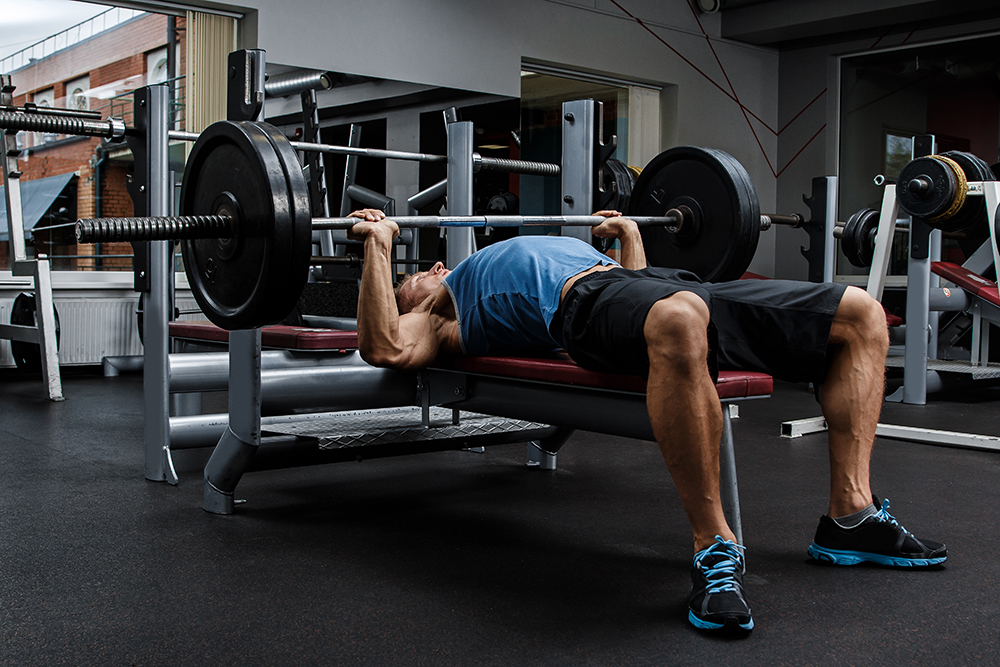
Male athlete executing bench press. Image purchased.
Can’t make it to the gym? Or is your at home equipment not up to scratch? Discover more at home exercises with the 10 best exercise apps for you to download! Or does a secluded walking track interest you instead? We’ve found the best in Sydney, Melbourne and Perth!
Feature Image and all Images via Shutterstock

